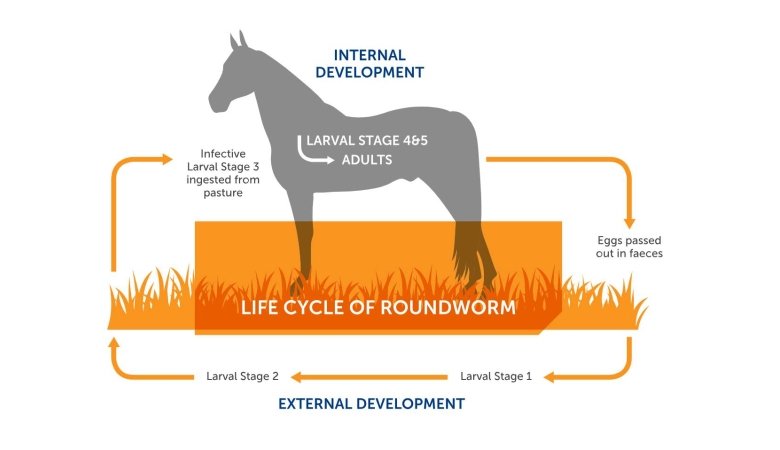Take the worry out of worming with Virbac 3D Worming
Worming can be a confusing subject, but one that is vital to ensure the health of your horse.
Worms are a major cause of colic, which is one of the largest causes of mortality in horses. Correct worming protocols are a vital part of keeping all horses and ponies in good health and top condition throughout the year.
Combining appropriate testing for parasite infection, with the correct use of wormers and good pasture management, can prevent internal parasite infections from reaching levels high enough to cause disease. This should be combined with monitoring of the effectiveness of worm control programmes.
Spasmodic colic is 8 times more likely in horses with a tapeworm infection
than those without and 81% of ileal impactions were associated with tapeworm infection.


